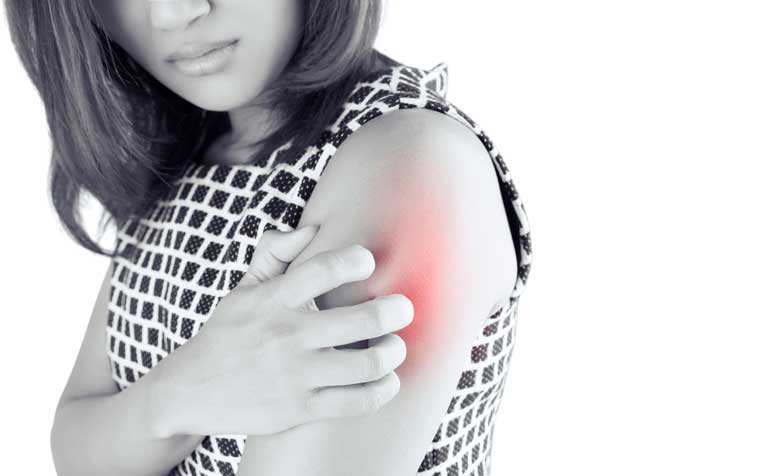
Most types of skin cancer are highly curable if detected early.
Excessive exposure to sunlight is the main cause of skin cancer, the sixth most common cancer amongst men and women in Singapore.
The ultraviolet radiation in sunlight damages the cells’ DNA.
Resulting mutations can in turn lead to skin cancer. The good news is that most types of skin cancer are highly curable if detected early. Skin cancer is also highly preventable. Limiting sun exposure is the most effective precaution you can take.
Types of skin cancer
There are three main types of skin cancer. These are:
- Basal cell carcinoma (BCC) – Most common type
- Squamous cell carcinoma (SCC)
- Melanoma – Least common but most dangerous
“Melanomas are rare amongst Asians compared to Caucasians with fairer skin. In Singapore, the incidence of melanoma is nine times less than BCC,” shares the Department of Dermatology from Singapore General Hospital (SGH), a member of the SingHealth group.
“This is fortunate because melanomas are amongst the deadliest cancers, accounting for 75 per cent of all skin cancer deaths.”
Other less common types of skin cancer include Kaposi’s sarcoma, Merkel cell carcinoma, and sebaceous gland carcinoma.
Skin cancer symptoms
Most skin cancers grow slowly and usually develop on sun-exposed areas of the body such as the face, neck, scalp, hands, arms and lower legs. However, it can also develop in areas not commonly exposed to the sun such as the genitals, and in existing moles. Skin cancer symptoms, which differ among the different types, include the following:
1. Basal cell carcinoma
- Skin coloured nodule with slight pigmentation and tiny blood vessels, and which frequently ulcerates
- Thin red plaque
- Flat, indurated whitish or reddish scar
This type of cancer makes up about 60 per cent of all skin cancers. Left untreated, some may extend and destroy surrounding structures such as the nose or eyelid.
2. Squamous cell carcinoma
- Red, scaly nodule that may ulcerate
One can almost always find signs of sun-induced damage on the surrounding skin, such as irregular pigmentation and wrinkles.
3. Melanoma
- Brown to black patches or plaques with irregular borders
- An existing mole or birthmark that changes in shape, size, texture and colour
“Acral lentigenous melanoma is the most common subtype of melanoma in Singapore. It usually appears on sun-protected areas, such as the sole of the foot, under toenails and fingernails. Mucosal melanomas such as those that occur inside the mouth are also more common in Asians,” explains SGH Department of Dermatology.
Read on to find out who is at higher risk of getting skin cancer and how to prevent it.
Ref: S13
Contributed by
Related Articles
Conditions & Treatments
Public Events
Get the Health Buddy App
© 2025 SingHealth Group. All Rights Reserved.
















 Get it on Google Play
Get it on Google Play